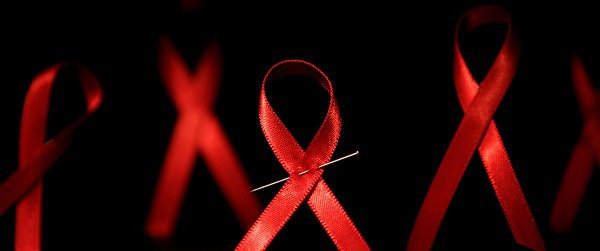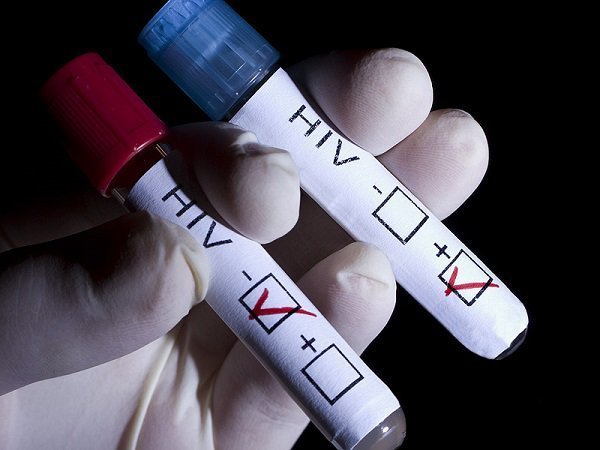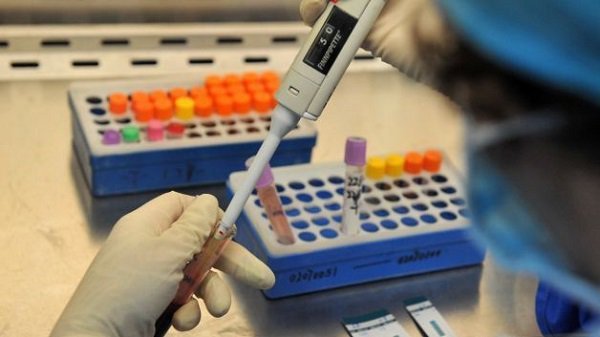Amidst all opinions, dark jokes, warnings, and panic-inducing alarms, it’s easy to lose track of genuine scientific facts. One of the risks of having ‘half knowledge’ is you blur the lines between HIV and AIDS.
Here are a few well-established facts that help you know the difference between the two.
1. HIV is a virus while AIDS is a condition.
Human immunodeficiency virus (HIV), as the name suggests, is a virus. It attacks the body’s immune system making the host more vulnerable to dangerous diseases. Acquired immune deficiency syndrome (AIDS) is a condition a person suffers when the HIV in his body has caused a certain amount of serious damage to the immune system.

2. You can be infected with HIV and not have AIDS.
A person can be infected by HIV and not necessarily have AIDS. Even though no one knows why it is impossible to completely rid an infected person’s body of HIV, and even though there was a time when being infected by HIV meant ‘it was the end’, thanks to progress in medical science, it is now possible to contain the growth of HIV. Many HIV-infected people live almost normal lives, by following proper medication. This means, not all HIV-infected people have AIDS but all AIDS patients have HIV.

3. HIV can be transmitted from person to person.
“Don’t give me AIDS!”, is one of the many wrong lines people have used over the years, back when awareness was pretty low. People don’t infect other people with AIDS. But HIV can be transmitted from person to person – largely through exchange of bodily fluids (mostly commonly through unprotected sexual intercourse) and through sharing of contaminated needles. Less commonly, it can pass through tainted blood transfusion or a mother can pass the infection to her child during pregnancy.

4. HIV can be diagnosed using a simple test.
As your body creates anti-bodies to fight HIV, a simple blood or saliva test that detects the presence of these anti-bodies is enough to detect HIV infection. However, this test only works several weeks after infection. There’s another test that detects the presence of antigens produced by HIV. This can detect HIV just days after the infection. Both tests are quite simple and are known to be accurate.

Berlinestanous
5. AIDS diagnosis is a little more complicated.
A person gets AIDS when the HIV has reduced the immunity to a certain level. A test that takes a count of the immune cells, called CD4 cells, can detect whether the person has AIDS or not.

6. HIV does not always have specific symptoms.
About 2-4 weeks after infection, HIV can cause flu-like symptoms in a person, but as flu is pretty common, it’s pretty deceptive. The immune system usually brings the symptom under control, which can cause the HIV to enter a latency period. You can possibly have HIV for years without realizing you have it. But when you have AIDS, you usually suffer from rapid weight loss, recurring fever and night sweats, soreness of mouth and/or genitals, diarrhea that last for more than a week, etc.

7. There’s also a huge difference in treatment and life expectancy.
Like we said earlier, with proper medication, it is possible to control HIV and increase the infected person’s chances of not having AIDS. This means that getting infected with HIV does not automatically mean your life expectancy will drop drastically. But if you get AIDS, that’s when the infection usually takes a fatal turn. It is next to impossible to reverse the damage done to the immune system of a person with AIDS.

There was a time when getting infected by HIV was like getting a death sentence, but now times have changed. Leading a normal life is actually possible now. Obviously nobody wants to contract HIV, but in case it does happen, there should be no stigma attached to it.

















